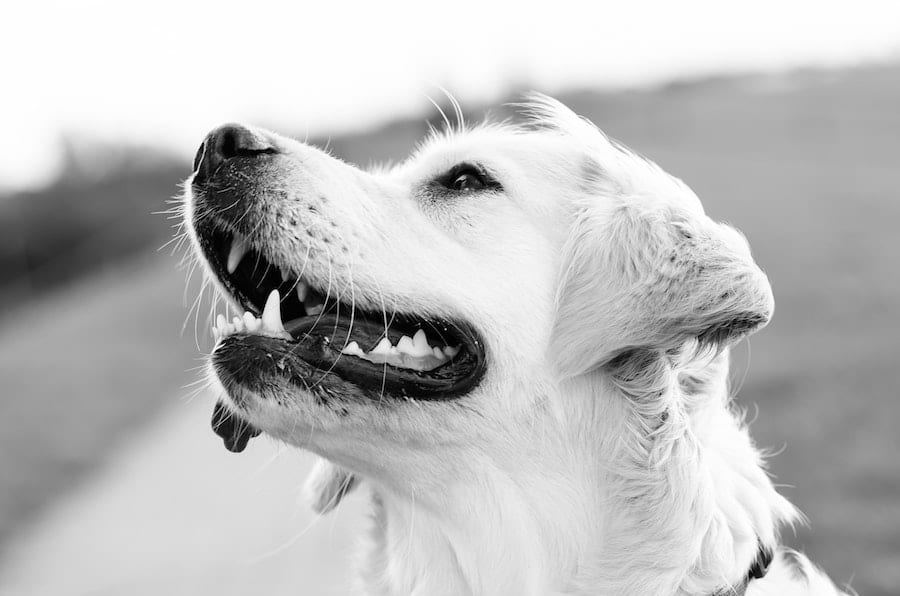The friendliest person you know can still snap when pushed beyond levels of stress that they are used to – the same idea applies to dogs. Even the nicest dog you know could still one day be put into an unfamiliar, stressful, anxiety producing situation, and bite or attack to defend themselves. Preventing dog bites and the subsequent injuries, is a responsibility that falls on dog owners, as well as those who interact with dogs. Dog bites are largely preventable, and you can arm yourself with the tools to prevent that sort of injury for yourself and those you know.

With approximately 70 million dogs living in the U.S. as pets, the possible incidence of a dog bite is higher than you might think. Children, the elderly, and postal workers are reported as the most likely to incur these bites, but everyone who does not know how to prudently interact with dogs is still at risk. In the United States alone, the American Veterinary Medical Association reports that more than four and a half million people yearly are bitten by dogs, and close to one in five of those people suffering bites will require medical attention. More often than not, it is a familiar dog that is will inflict the bite, during everyday activities. Contrary to popular stereotypes about certain breeds of dogs, the most important factor in predicting the propensity to bite is the individual dog’s history and temperament. Size, gender, and age are additional variables in individual bite cases, and no combination of such variable can predict which dogs will be dangerous.
Knowing the owner of the dog you want to interact with is always a useful barometer, but there are situations to avoid even if you know the dog or the owner well. Scenarios involving a dog that is behind a fence, hiding, sick or injured, growling, or barking, or appearing frightened or defensive are all potentially dangerous. Lesser known but potentially as dangerous scenarios to avoid include dogs that are: without their owner, sleeping or eating, resting with puppies, playing with a toy, or appearing shy or tentative. In these situations, while the dogs may not be exhibiting any known signs of aggression, they may react quickly and dangerously to strangers.
Dog “body language” is also something to be aware of. The Humane Society provides a list of warning behaviors, including some that may surprise you. These warning signs include yawning, flicking of the tongue, and intense stares by the dog. Other more obvious indicators that a dog needs to be given its space include a tense body, stiff tail, furrowed brow, pulled back ears, and retreating behaviors. If you encounter a dog exhibiting these kinds of behaviors or appearing to be threatened by you in any way, slowly back away to put ample space between you and the dog, but without turning all the way around or appearing to run away.
In summary, pay attention to the potentially dangerous situations and environments involving dogs of all breeds, be aware of the dogs you encounter and their obvious and not so obvious body language, listen to the owner or caretaker of the dog, and leave ample space between you and the dog if any of the warning signs are present.
If you happen to find yourself bitten by a dog and are injured as a result, you may be entitled to compensation for your injuries.
Please feel free to contact Menzer Law if you or a friend or family member have been the victim of a dog bite, or if you have any questions about your right to compensation.

